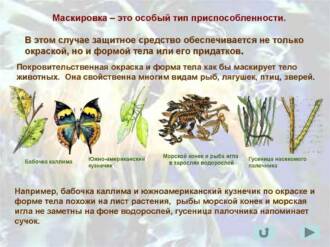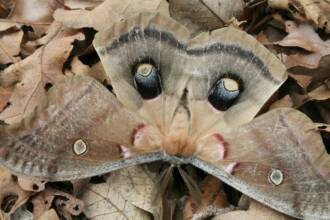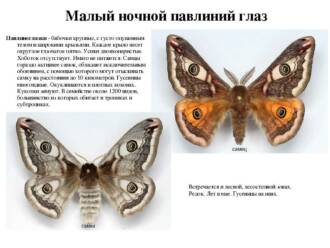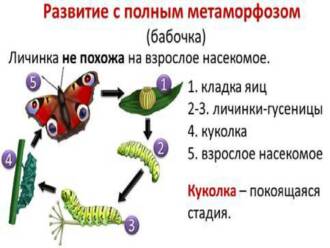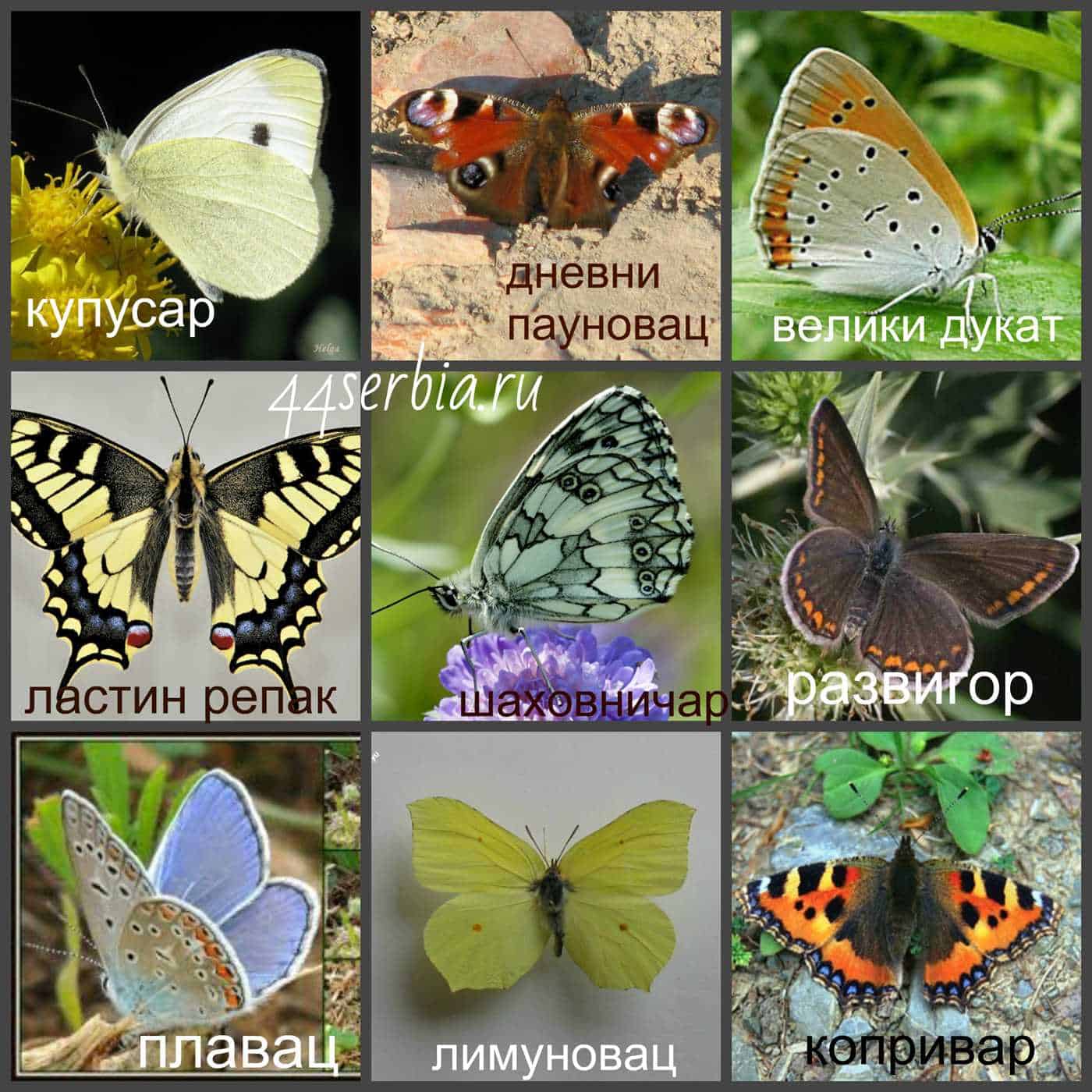
One of the most common strategies used by butterflies is the coloring of their wings. The coloration of butterflies plays an important role in their life, performing several functions.
Firstly, the coloring of butterflies serves as a means of protection from predators. Many species of butterflies have bright and saturated colors that serve as a signal to potential predators, warning them of the poisonousness or trouble associated with eating these butterflies.
Secondly, the coloring of the butterflies' wings contributes to their camouflage. Some species of butterflies have coloration that allows them to blend in with their surroundings, making them invisible to predators or prey.
Finally, wing coloration also plays an important role in the reproduction of butterflies. In many species of butterflies, males and females have different coloration, which helps them attract mates and produce offspring. Sometimes the coloration of butterflies' wings can be related to their puberty or other physiological characteristics.
Butterfly color types
The coloration of butterflies is often one of the most beautiful and varied in nature. There are many types of butterfly colors that attract attention with their brightness and unusual color combinations.
Mimicry
One of the most famous types of butterfly coloring is mimicry. This type of coloring allows butterflies to imitate other insects that are dangerous or unpleasant for predators. In this way, butterflies can protect themselves from enemies by disorienting them.
Camouflage

The camouflage coloring allows the butterflies to blend in with their surroundings and be invisible to predators. They may have colors and patterns that are repeated on the plants or surfaces they inhabit. This coloration helps butterflies to save their lives and avoid danger.
bright coloring
Some butterflies are brightly colored to attract mates or deter predators. Bright and saturated colors can indicate a high degree of health and genetic attractiveness of the butterfly.
Natural color of butterflies
The coloring of butterflies often causes surprise and admiration in people. These winged creatures have an incredible variety of colors and patterns on their wings. However, not many people know that all these colors and shades are the result of natural coloring.
Butterfly coloration is determined by genetic factors and interactions with the environment. Each species of butterfly has its own unique color pattern that helps them survive and reproduce.
Some butterflies have bright colors that serve to attract attention and scare away predators. This is the so-called "aposematic" coloring. Other types of butterflies, on the contrary, have inconspicuous colors that help them hide from enemies. This is "camouflage" coloring.
Interestingly, the color of butterflies can change depending on environmental conditions. For example, some species of butterflies that live in mountainous areas are darker in color to warm up better in the sun. Also, some butterflies can change the color of their wings depending on the ambient temperature.
Thus, the coloring of butterflies is not only a beautiful sight, but also the result of an evolutionary process that helps them survive in a variety of natural conditions.
Mimicry in butterflies
Mimicry is one of the most common strategies used by butterflies to protect themselves. It consists in imitating the appearance of other creatures that are dangerous or unpleasant for predators. This allows the butterflies to survive in an environment where there are many enemies.
Butterfly colors often have noticeable markings that make predators think they are dangerous or poisonous. Some butterflies have bright, contrasting colors that serve as a signal to predators to avoid attacking them. Other butterflies have designs on their wings that resemble the eyes of predators or other threatening creatures.
However, mimicry is not always associated with the imitation of dangerous creatures. Some butterflies use mimicry to hide from predators. They have a coloration that allows them to blend in with their surroundings and become invisible. Such butterflies may have colors and patterns that are similar to leaves, tree bark, or flowers.
Cryptic coloration of butterflies
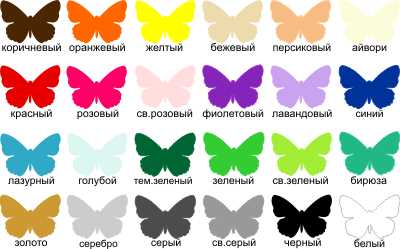
Butterfly coloration is often an interesting and exciting phenomenon. One of the most common coloring strategies is cryptic coloration, which allows butterflies to camouflage and hide from predators.
The cryptic coloration of butterflies is based on the use of different colors and patterns that help them blend in with their surroundings. For example, some butterflies have coloration that is similar to the structure and color of the leaves or bark of the trees they are normally found on. This makes them virtually invisible to predators.
Other butterflies use cryptic coloration to mimic dangerous species or objects that deter predators. They may imitate bright and venomous animals or plants to give the impression that they are dangerous and unpleasant to eat.
The cryptic coloration of butterflies is an effective survival strategy that helps them avoid danger and increase their chances of reproduction. She shows amazing diversity and adaptation in the world of butterflies, which makes them unique and amazing creatures of nature.
Aposematic coloration of butterflies
Butterfly aposematic coloration is one of the most common coloring strategies used by many species of butterflies. It is a way to protect against predators by attracting attention and warning about its danger.
Aposematic coloration is often characterized by bright and contrasting colors such as orange, red, yellow, or black. These colors attract the attention of predators and serve as a signal that the butterfly has had a negative experience, for example, its tissue may be poisonous or unpleasant in taste.
In addition, aposematic coloration can be combined with other defense methods such as mimicry or camouflage. The butterfly can imitate dangerous species to confuse predators and avoid attack. It may also hide against the background of the environment to be less visible to predators.
Interestingly, aposematic coloration can evolve as a result of a selection process. Butterflies with brighter and more conspicuous coloration are more likely to survive and pass on their genes to the next generation. As a result of this process, species with bright colors become more common in the population over time.
Butterfly signal coloration
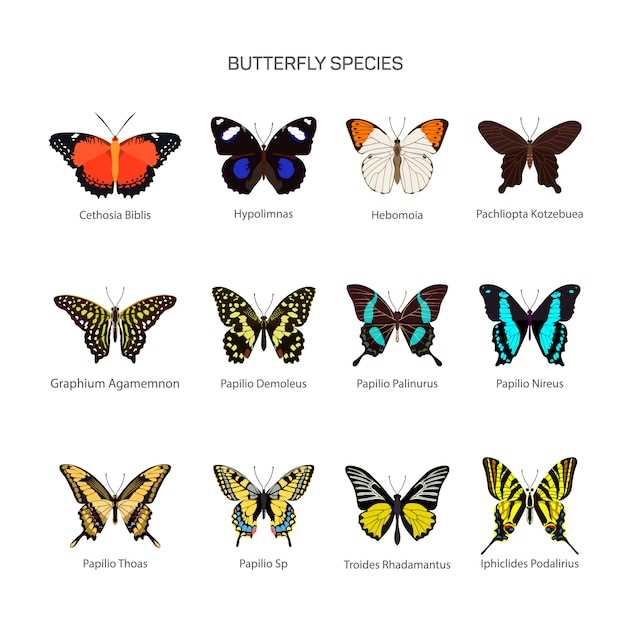
Butterfly signal coloration is one of the commonly used strategies in the insect world. This particular coloring helps the butterflies attract the attention of predators and warn them of their poisonousness or unpleasant taste.
Butterfly colors often combine bright and contrasting colors such as red, orange, yellow and black. This allows them to stand out against the background of nature and be visible to predators.
Some species of butterflies also have unique wing patterns that can serve as signals to other butterflies. For example, some species have ocelli on their wings, which can intimidate a predator or divert its attention from vulnerable parts of the body.
Butterfly signal coloration is an effective defense mechanism against predators and a way of communicating within the species. It allows butterflies to survive and reproduce in an environment where danger awaits at every turn.
Butterfly coloring strategy
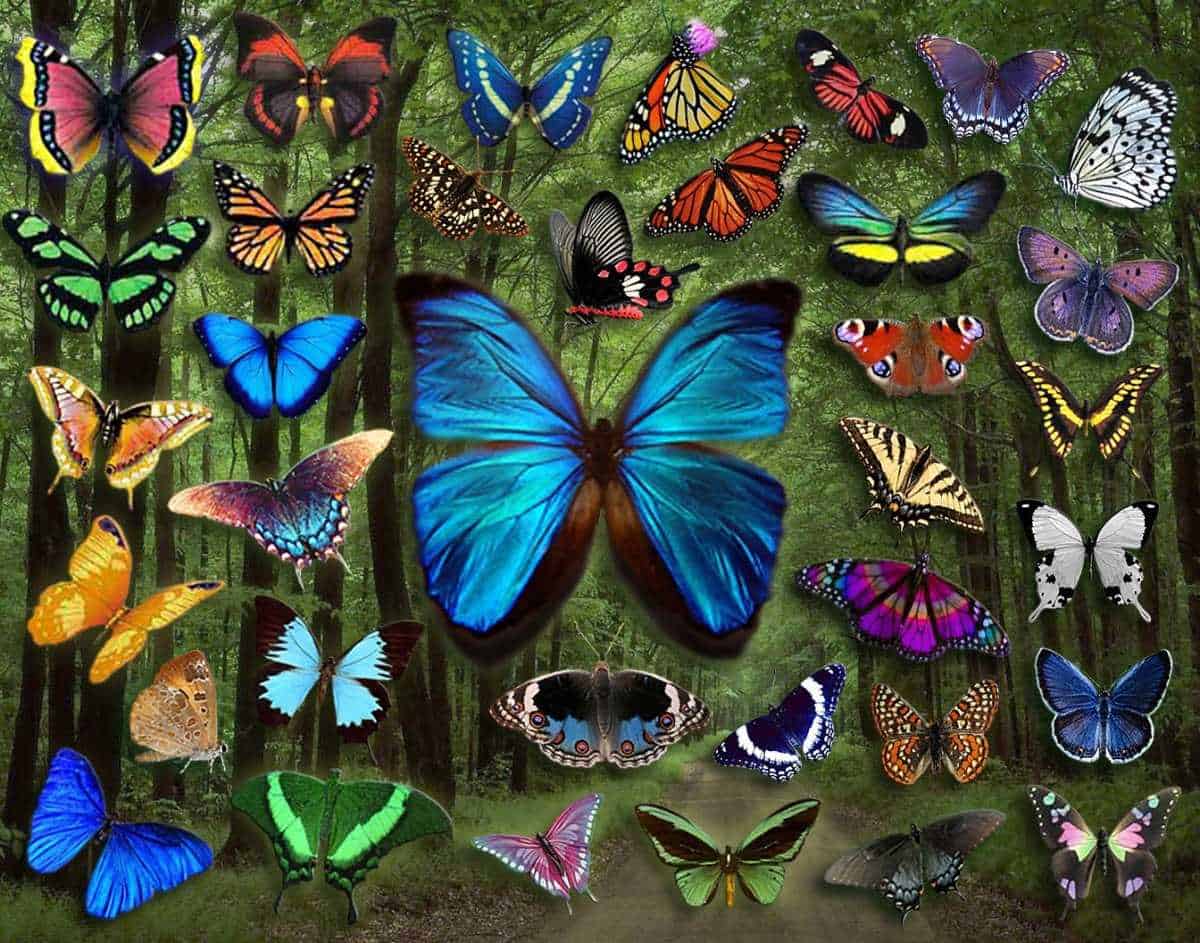
Butterfly coloration is often used by them as an adaptive strategy for survival and attention. It serves as a means of protection from predators and a way to attract partners for reproduction.
One of the coloring strategies of butterflies is mimicry. Butterflies can imitate the appearance of other dangerous or unpalatable animals to deter predators. For example, butterflies painted in bright colors and imitating poisonous animals can be unpleasant to enemies and avoid attacks.
Another coloration strategy is cryptsis. Butterflies can adopt a coloration similar to their surroundings to avoid being seen by predators. They can mimic the color and texture of leaves, tree bark, or flowers, allowing them to hide and avoid danger.
Also, butterflies can use color to attract partners. Some species of butterflies have bright colors and intricate patterns on their wings that serve as signals to other members of their species. This helps them find a partner to reproduce and maintain their species.
In general, the butterfly coloring strategy is versatile and effective. It allows them to survive in an environment where they are constantly threatened by predators and provides them with the opportunity to reproduce and continue their species.
The role of color in the life of butterflies
The coloring of butterflies often plays an important role in their lives. It helps them survive in the environment and provides different benefits in different situations.
First, the coloration of butterflies is a defense mechanism. Many species of butterflies have coloration that helps them blend in with their surroundings and elude predators. For example, butterflies that live in forests can have coloration that is similar to the leaves or bark of trees, making them virtually invisible to predators.
Secondly, the coloring of butterflies can serve as a signal for other individuals. Some types of butterflies have bright and attractive colors that serve as a signal to potential partners. This helps them attract attention and increase the chances of breeding.
In addition, the coloration of butterflies may be related to their behavior. For example, some types of butterflies have coloring that indicates their poisonousness or deliciousness. This helps deter predators and keep butterflies alive.
In conclusion, the coloring of butterflies is of great importance in their lives. It provides them with protection, helps to attract partners and is associated with their behavior. Due to the variety of colors, butterflies can successfully adapt to different conditions and survive in the environment.
Butterfly color evolution

The coloration of butterflies often serves not only to attract attention, but also to ensure the survival of the species. Butterfly color evolution is a complex process that occurs over many generations and under the influence of various factors.
One of the key factors influencing the evolution of butterfly coloration is natural selection. Butterflies with bright and attractive colors are more likely to attract a mate and mate, which facilitates the transmission of genes to the next generation. Thus, over time, the color characteristics of butterflies can change and become more diverse.
Another factor influencing the evolution of butterfly coloration is defense against predators. Some species of butterflies have special camouflage colors that allow them to blend in with their surroundings and be less visible to predators. There are also species of butterflies that have bright colors that warn predators of their poisonousness or unpleasant taste.
Butterfly color evolution is a complex and unique process that continues today. Through natural selection and environmental influences, butterflies can develop a variety of color characteristics that help them survive and reproduce.
Factors affecting the color of butterflies
The coloration of butterflies is often the result of the interaction of various factors that influence its formation and development.
Genetic factors: One of the main factors that determine the coloration of butterflies is genetics. Each individual has its own unique genetic information that determines the color palette of its wings. Hereditary factors may be responsible for the presence of certain pigments or enzymes that affect the coloration of butterflies.
External conditions: The environment also plays a significant role in shaping the coloration of butterflies. Light conditions, temperature, humidity and other factors can affect the coloring of butterfly wings. For example, bright sunlight can darken or lighten wing colors, and cold temperatures can cause changes in color intensity.
Food preferences: One of the interesting factors that affect the color of butterflies is their diet. Some species of butterflies can obtain the pigments and substances needed to color their wings from certain plants or other food sources. This can lead to a variety of colors in different species of butterflies.
Interaction with other organisms: The coloration of butterflies can also be related to their interactions with other organisms. For example, some species of butterflies may have special colorations that serve as a signal to predators that they are poisonous or have an unpleasant taste. These colors help butterflies to avoid predators and survive.
In general, the coloring of butterflies is a complex and unique process that depends on many factors. The study of these factors helps to better understand and appreciate the beauty and variety of colors in the world of butterflies.
The value of butterfly color for research
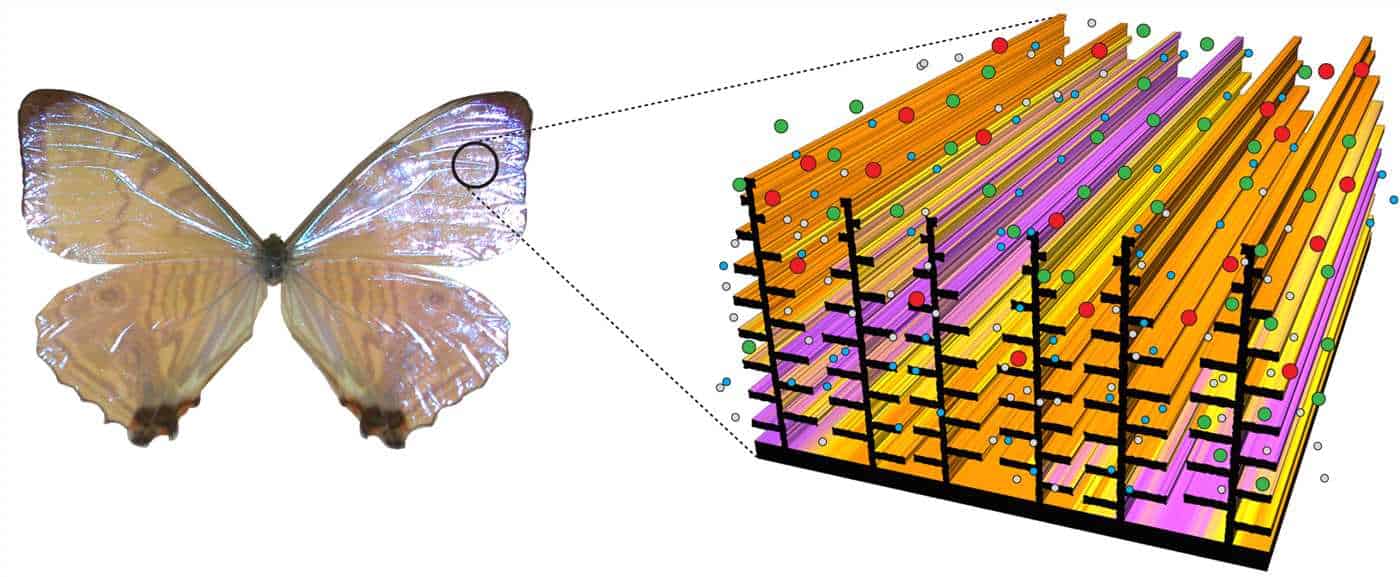
The coloration of butterflies often plays an important role in studies related to their behavior and ecology. Butterfly coloration can be used to determine species diversity and identify individual individuals.
Butterfly coloration can also be useful in studying the processes of evolution and natural selection. Some species of butterflies have a variety of colors that help them camouflage themselves in the environment or scare away predators. This coloration may be the result of adaptation to certain environmental conditions.
Butterfly coloration can also serve as an indicator of the health and quality of the environment. Butterfly color changes may indicate the presence of pollution or changes in habitat conditions. The study of the color of butterflies can help in assessing the ecological state of a certain area.



